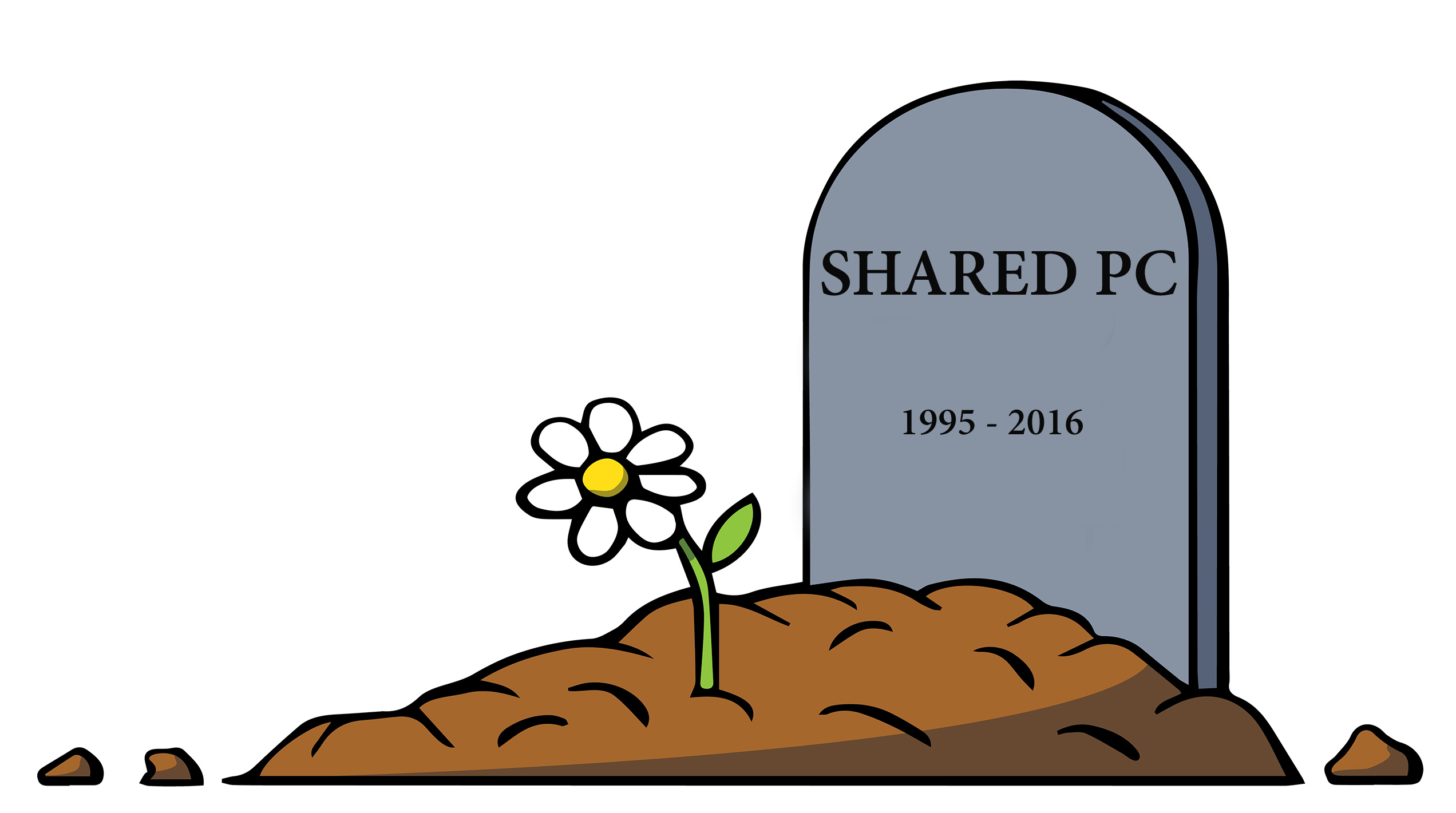Our future of meetings looks bright. Based on research from a variety of sources, experts and professionals, we can expect meetings in 10 years to look like something from Star Trek, to be as personalized as our Starbucks order, to be as comfortable as our couch, and to be as engaging as Candy Crush.
In a world that is more social, more innovative and more collaborative than ever, we are due for a disruption in our meetings. Although the world of meetings has been constantly evolving over the last ten years to keep up with our expectations, our expectations continue to grow exponentially. Changes in both technology and social/human behavior will drive the changes we predict to see in the future of meetings. The two cannot be separated, as technology drives human behavior and human behavior simultaneously drives technology.
- Sensors and Analytics
Small, unnoticeable sensors will be strategically placed throughout meeting rooms to measure the audience, and the room. These sensors will provide us with “engagement metrics,” giving us real-time data on the audience’s heart rate, stress levels, eye movements and more. Using this data, we can determine if the room is too hot or if the audience is engaged enough.
Because we will get this data in real time, we have the ability to make quick adjustments in just a matter of minutes, or even seconds. Which brings us to the next point.
- Flexibility and Personalization
In a world where we have so much content and so many resources available to us…we are developing a liking to personalized experiences. We have elaborate coffee orders, we expect to see only ads on YouTube that are relevant to our lives, and we only read blogs we are interested in. As of now, most meetings do not yet fulfill this expectation – but 10 years from now, we will master this.
We can expect to replace those programs and booklets with a platform that allows for a personalized meeting experience. There will be multiple pieces of content that express the same concept, and even in different forms, that each audience member can choose from.
Some predict that event apps will no longer exist. However, I completely disagree. Apps have become such a big component of our lives, they cannot simply disappear. Instead, they will evolve. The event apps of the future will provide a personalized experience as explained above. They will also be able to link with social media and LinkedIn, to make recommendations of who we should introduce ourselves to, what table to sit at, and inform us if there are people there that we already know.
- Attendance-Focused
In such an individualistic society, it may (or may not be) surprising that we are developing more and more of a desire to find a sense of community. The internet of things, is helping us achieve this today on a whole new level; apps and social media sites gather data about us that enables us to compare our data to others’ data; thus enabling us to find commonality, and to find others with similar interests and perspectives.
But it’s not just about forming online communities. More and more we are turning those online communities into real-life, face-to-face communities. There are meet-up groups and online dating apps abound.
We can only expect this trend to continue; and it will work its way into our meetings. As our desires for finding community grow and evolve, we will be more concerned about who we can meet at events and meetings, rather than the content or speakers.
And as mentioned before, we will have apps to help us connect with people. The meeting and event app or platform will use attendee data, to provide us with suggestions on where we might like to sit. It will help connect us with others interested in the same things as us, and will ultimately boost our networking, by providing a personalized networking experience.
- Holographic Telepresence
Immersive telepresence is used today, providing us with a heightened emotional and physical experience.
Immersive telepresence is the physical embodiment of another person (meeting attendee) that is on a screen. The attendees are the same size as a person, and it feels more as though you are in the same room as them, compared to traditional Skype-like meetings. Here is what this technology looks like today:
As we continue to innovate, this will reach a whole new, futuristic level: holographic telepresence. The holographic display of a person will make it really feel like the person is in the room with you. You’ll be able to read their facial features, and they will be able to express themselves using body language.
You may be thinking that this seems a little far-fetched, and a little too futuristic – like something from Star Trek. I thought this too at first, but I can assure you that it is real. In fact, we already have this ability. Here is a video of a holographic presentation back in 2011. Now imagine what this will be like in ten years…

